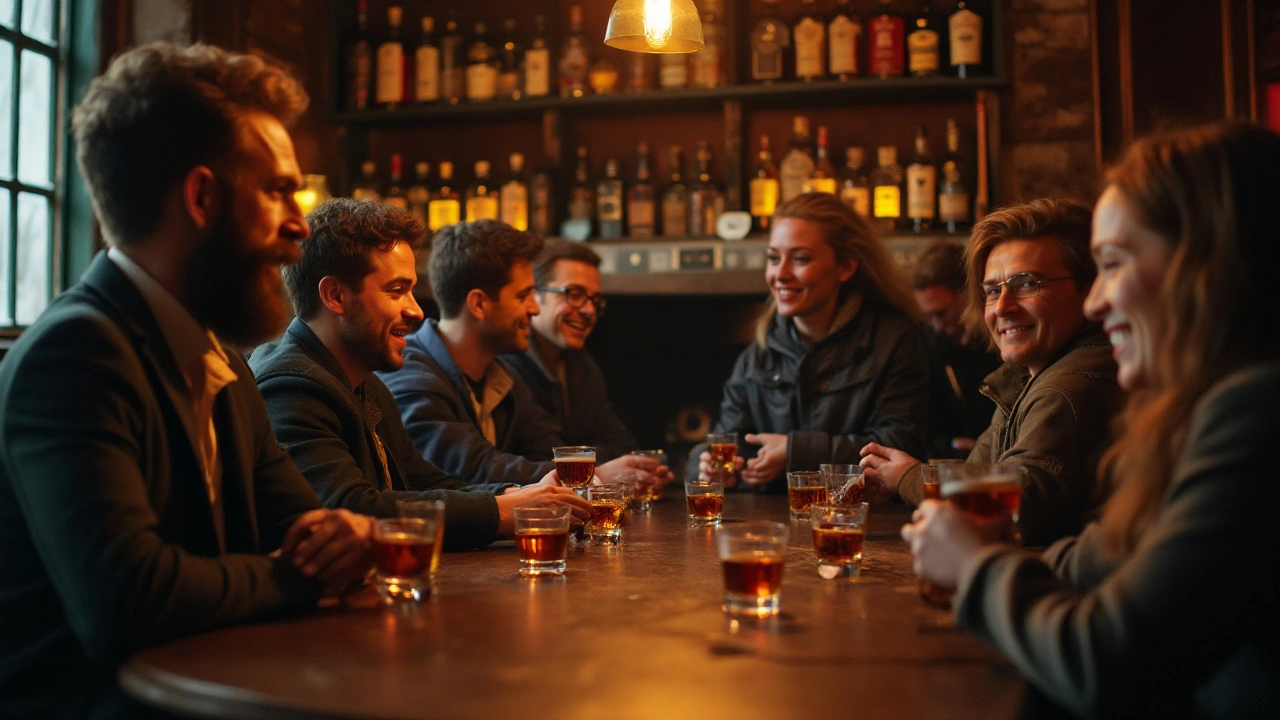Alcohol Consumption: What You Need to Know Before You Raise a Glass
Most of us enjoy a drink now and then, but knowing how alcohol really works can turn a casual sip into a smarter experience. Below you’ll find the basics on how much is safe, why some myths stick around, and easy tricks to keep your evenings fun without the morning regret.
Know Your Limits
Standard drinks are the benchmark most health guides use – that’s about 10 ml of pure alcohol. In the UK it’s roughly one 25 ml shot of spirit, a 125 ml glass of wine, or a half‑pint of beer. Even if you feel fine after two or three, your liver is already processing the alcohol, and the effects can add up fast.
Guidelines suggest no more than 14 units a week for men and women, spread out over several days. Hitting that ceiling once in a while isn’t the end of the world, but binge‑drinking (four + units in a short period) spikes blood‑alcohol levels, messes with sleep, and can impair judgment.
If you’re unsure, use a simple calculator on your phone: count each drink, add the units, and compare with the weekly limit. It’s a quick way to stay in control without feeling restricted.
Smart Ways to Cut Back
Swap one alcoholic drink for a non‑alcoholic alternative a couple of times a week. Mocktails, sparkling water with a splash of juice, or even a fresh‑squeezed lemonade can satisfy the habit of holding a glass without adding alcohol.
Eat before you drink. A hearty snack – cheese, nuts, or a small sandwich – slows absorption, so you’ll feel the buzz later and milder. This also helps with the classic “waiter pours a little wine first” ritual, which actually lets you taste the wine and decide if you want more.
Set a drink limit before you head out. Tell a friend you’ll stop after two glasses, or keep a tally on a napkin. When you reach the number, switch to water or a soft drink. You’ll be surprised how easy it feels once you have a clear target.
Plan your transport. If you’ve swayed beyond the legal limit, call a cab, use a rideshare app, or have a designated driver. The safest option isn’t just about avoiding a ticket – it’s about protecting yourself and others on the road.
Finally, remember that not every drink is created equal. Some spirits, like certain vodkas, boast lower calories and fewer impurities, while others like rich, aged whiskies can carry more congeners that worsen hangovers. Choosing a cleaner spirit and mixing it with low‑calorie mixers (think soda water and a squeeze of lime) cuts down on extra sugars and calories.
Understanding alcohol consumption isn’t about giving up the fun; it’s about making each drink count. Use the tips above, check your weekly units, and you’ll enjoy the social side of drinking without the unwanted side effects.
Discover the art of enjoying champagne without overindulging. This article explores how many glasses of champagne it takes to feel tipsy, varying factors that affect alcohol absorption, and tips on safe consumption during tastings. Featuring fun facts about champagne's bubbly nature, you'll learn how to balance enjoyment and responsibility. Ideal for both casual drinkers and enthusiasts attending tastings.
View DetailsWhiskey's allure often draws people to question their drinking habits. Some wonder if four shots a day is an indulgence, a norm, or a cause for concern. This article explores the impact of this popular spirit on health, taste experiences, and lifestyle choices. We'll delve into cultural perspectives, health studies, and expert tips for moderation. For whiskey enthusiasts, understanding these aspects is key to enjoying the spirit responsibly.
View DetailsWhiskey is a beloved spirit with a rich history and many variations. The amount of whiskey needed to get drunk depends on several factors, such as body weight, tolerance, and the proof of the spirit. This article explores the science behind alcohol absorption, tips for safe consumption, and the pleasure of savoring whiskey responsibly. Understanding how whiskey interacts with your body can help you enjoy it without going overboard.
View Details



